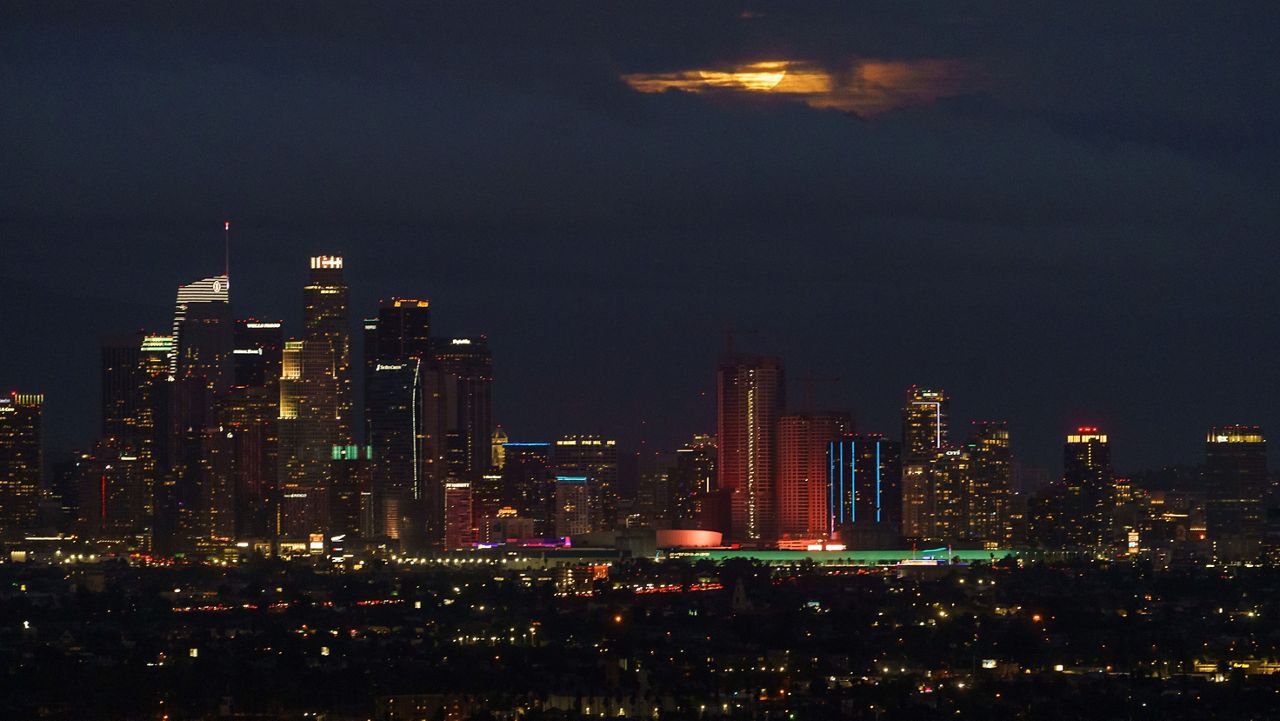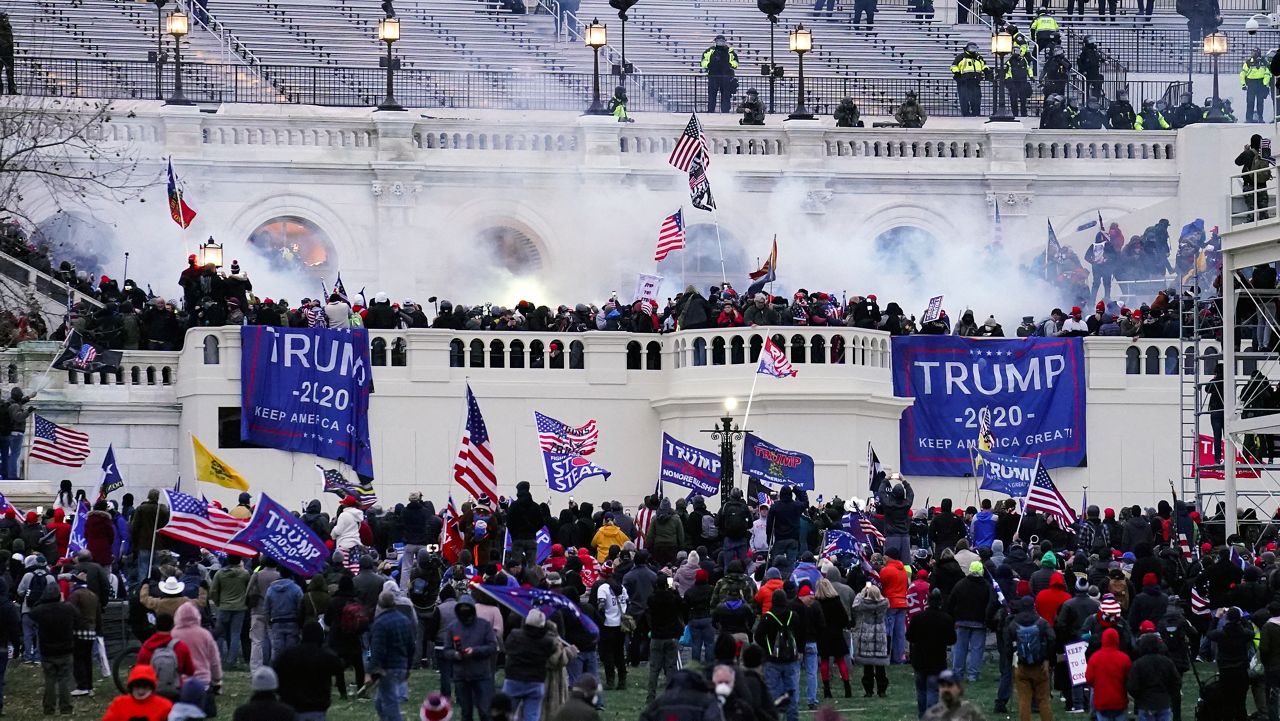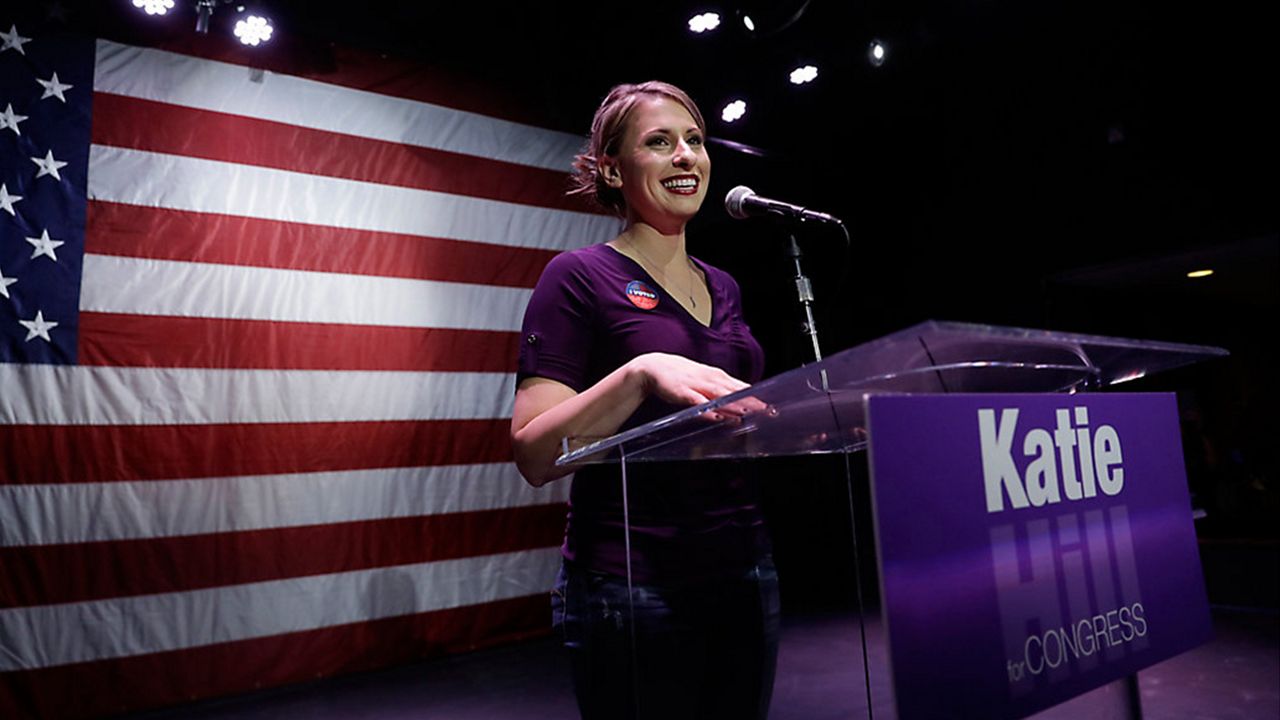As one of twelve children, Isaac Bryan grew up hearing stories from his siblings who encountered school police officers on-campus while growing up.
“It diminishes the return you get on your education, the value of your education," Bryan said. "And it sets you on a pathway for contact with the juvenile legal system and the adult penal system, and we know that once you contact those systems your future employment outcomes, your future wage earnings, your ability to own a home, all of these things are exacerbated, and here in Los Angeles we have to think about our houses and homeless consideration, right? That's not to say there aren’t amazing officers who dedicate their lives every single day to doing a good job and making a positive impact, but what we’re talking about is a system here.”
Bryan, director of public policy with the Million Dollar Hoods Project, tells Inside the Issues that their research team was interested in looking at student interactions with campus police and requested a report from the Los Angeles School Police Department (LASPD), which included data from 2014 to 2017, in order to do so.
“What we found is that 46 percent of all encounters with the school police department resulted in an arrest,” said Bryan. “We also noticed that 76 percent of all school police involvement included boys of color.”
The report notes one in four arrests made by the LASPD were elementary and middle school aged children, with the youngest being a nine-year-old.
“Coincidentally, we also noticed the younger the students and the more egregious the arrest outcome, the blacker the data set got. So, the disparities get worse the further you go down the system and the more harmful it is,” he explained. “And what that looks like in practices is the handcuffing, the restraining of a student and often a booking process that leads to a formal adjudication process through probations and through the juvenile legal system.”
Public disturbances and battery made up the bulk of charges students at 19 percent each. Bryan said those charges really don’t explain the full picture of what that means for students around their age.
“And you’re guess is as good as mine what that means for an adolescent. I know I was a public disturbance just all the time. The fact that it results in police involvement, it’s a little bit concerning district-wide,” said Bryan. “It’s very inconsistent how disciplined and accountability is levied across the district, especially when you use law enforcement actors. It seems to mirror what we see in broader society, which is a special and acute harshness for black and brown students.”
A spokesperson for the recently formed Black School Police Officers Coalition tells Inside the Issues many of the officers on-campus help coach kids, many of whom are Black, and offer mentoring services and provide a resource for keeping students safe.
"There is no one else on that school campus who is willing to put their life on the line for the protection of that entire school community," said Fenderson.
Bryan recognizes the police group’s effort, but said it’s a “move by the school police department to rebrand itself.”
“I do admire the school police for that rebranding effort, but the more the rebranding happens, where we become basketball coaches, we become mentors, we become all of these things, the more I question why a sworn officer with a badge and a gun is fulfilling those roles and not somebody else who is a mentor, who is a therapist, who is a counselor, who is all of these things that you are trying to transform to be,” he explained.
George McKenna, Los Angeles Unified School Board of Education member, recently told Inside the Issues until schools can access more social workers and psychiatric professionals to help students, instead, McKenna said their presence is important in helping to deter the students.
“I’m not here to defend the police but I am here to talk about the relationship that school police have had," McKenna said. "When you take away school police, and have nothing in its place, other than the assumption that we will find these social workers and we’ll find these psychiatric social workers and we’ll find this restorative justice council. They don’t exist right now.”
There are times when students can engage in a variety of inappropriate behaviors like using foul language, disrupting class or getting into physical fights while at school.
“When a violence breaks out on a campus, I don’t know too many social workers who are prepared to break up a fight. So, a police officer would be there to intervene in that case,” McKenna continued.
Bryan understands the argument that without a police presence on school campuses, it’s possible that crimes or dangerous situations have been averted, but insists many incidents could be better addressed by a professional better suited to handle the students’ needs, citing a decision in 2017 by the Toronto District School Board in Canada. The vote removed uniformed police officers from the Canadian schools across the area. Some community activists there have said the decision has removed the stigma associated with having an officer on a particular campus.
“They looked at 15,000 responses from students, administrators, parents and otherwise and they found out that the department was more stigmatizing, more harmful to students, than it was good and they removed their school police department and instead they brought in campus safety monitors, that are not sworn officers, they are not armed, and still maintain school climate and school safety in the same type of ways,” he said.
Let Inside the Issues know your thoughts and watch Monday through Friday at 8 and 11 p.m. on Spectrum News 1.











